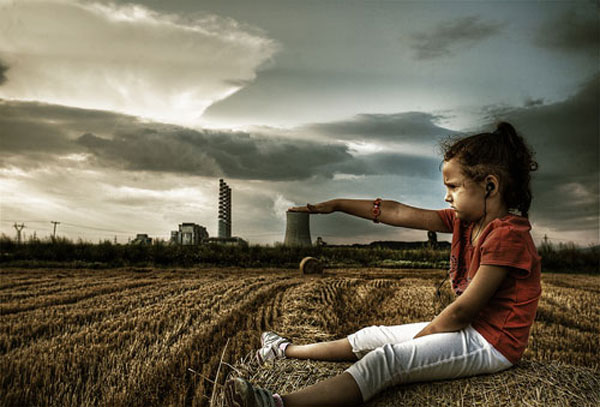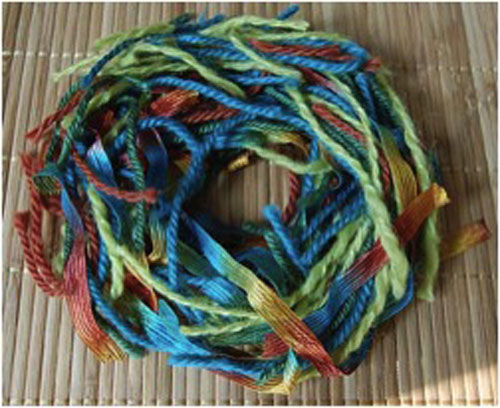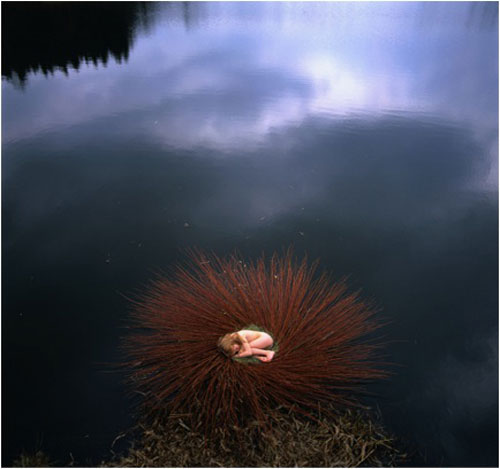 After listening to a Moms Clean Air Force webinar, it struck me that protecting the air our kids breathe can seem so overwhelming that one might feel powerless against the onslaught of information. I am reminded that one individual can, and did, change our nation's pollution history. Rachel Carson used her extensive scientific knowledge, her prolific writing skills, and her love of nature, to make citizens aware of the dangerous chemicals in our air. She not only cleaned up a pollution problem, she led the way for the EPA to clean up the air for the future.
After listening to a Moms Clean Air Force webinar, it struck me that protecting the air our kids breathe can seem so overwhelming that one might feel powerless against the onslaught of information. I am reminded that one individual can, and did, change our nation's pollution history. Rachel Carson used her extensive scientific knowledge, her prolific writing skills, and her love of nature, to make citizens aware of the dangerous chemicals in our air. She not only cleaned up a pollution problem, she led the way for the EPA to clean up the air for the future.
Rachel Carson's groundbreaking book, Silent Spring called for a ban on the chemical DDT, and other harmful pesticides. She provided scientific evidence of the devastating effects these chemicals had on living things - changing the way we viewed pollution forever.
Carson was already a renowned nature author and marine biologist with the U.S. Fish and Wildlife Service when she heard from a friend on Cape Cod, Massachusetts, about large bird kills that had occurred as the result of DDT sprayings. To no avail, Carson tried to gain the interest of a magazine to publish her findings about the incident. Then she decided to go ahead and tackle writing a book about the issue.
In Carson's meticulous prose, Silent Spring describes how chemicals enter the food chain and accumulate in the fatty tissue of the bodies of humans and animals - causing cancer and genetic damage. Carson's conclusion was that DDT and other pesticides had irrevocably harmed birds and animals. She also presented an alarming statement that the pesticide had contaminated the entire world's food supply. In the most evocative chapter, "A Fable for Tomorrow," depicts an American town where all life "from fish to birds to apple blossoms to human children had been silenced by the insidious effects of DDT."
In the early 1960's, The New Yorker picked up the story. Ater the release of the article, claims by chemical companies and terrified readers attacked Carson's words: "If man were to faithfully follow the teachings of Miss Carson, we would return to the Dark Ages, and the insects and diseases and vermin would once again inherit the earth." ~ American Cyanamid Chemical Company
Much to the chemical company's dismay, and because of Carson's findings, DDT was eventually banned. Many believe Carson was one of the inspirations behind the formation of the EPA: "There is no question that Silent Spring prompted the Federal Government to take action against water and air pollution - as well as against the misuse of chemicals - several years before it otherwise might have moved." ~ from a government natural resources expert after Carson's death
Rachel Carson's message still resonates strong today. Let the legacy of Silent Spring serve as an awareness wake-up call: All living creatures are vulnerable - the littlest ones have the most to lose.
 “One way to open your eyes is to ask yourself, what if I had never seen this before? What if I knew I would never see it again?" ~ Rachel Carson
“One way to open your eyes is to ask yourself, what if I had never seen this before? What if I knew I would never see it again?" ~ Rachel Carson
I highly recommend reading Silent Spring. One summer, my family visited the Rachel Carson Wildlife Refuge in Maine. It is a beautiful vacation spot, and an idyllic environment to view the habitats of coastal creatures. The tidal salt marsh is particularly fun for hands-on exploration. Teaching the powerful message that each and every one of us can clean up the air is a gift worth sharing with our kids.
Main Photo: Chris-Lamprianidis via Deviantart













